Agnieszka Rowinska
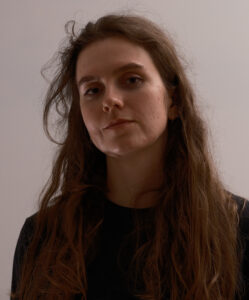 Year of birth: 1991.
Year of birth: 1991.
Where do you live: Currenty in Warsaw.
Your education: Master of Fine Arts.
Describe your art in three words: Subconscious, spiritual, introspective.
Your discipline: Painting, installation, sculptures, video.
Website | Instagram
How did your upbringing in a Polish Catholic home influence your early artistic development?
Growing up in a Polish Catholic home deeply influenced my artistic development. Religion was an integral part of our daily lives. My parents, both well-educated professionals — my father a mathematician and my mother a doctor — presented religion to me as something as real and important as math or science. This meant that from an early age, I was surrounded by the stories, rituals, and symbols of the Catholic Church, which I accepted without question.
As a child, I naturally incorporated these elements into my art. I was fascinated by the stories of saints, the beautiful iconography, and the sense of mystery and reverence that accompanied our religious practices. Art became my way of exploring and expressing these spiritual and metaphysical ideas, allowing me to visually interpret things that were important in our home but difficult to see or touch.
When I reached my teenage years, I began to question many things, including my religious beliefs. I meet a teacher who encouraged me to explore different religions and cultures. He showed me that spirituality is a universal human need and is not limited to one particular faith. This broader perspective was eye-opening and freeing, allowing me to incorporate a wider range of spiritual and cultural elements into my art.
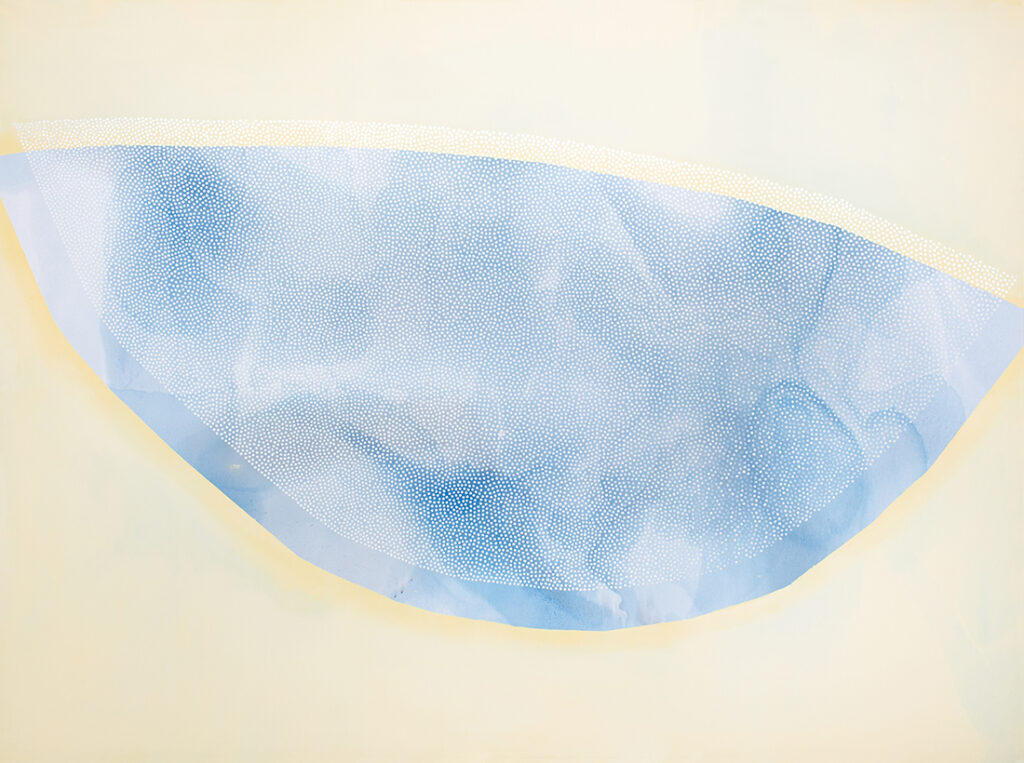 Agnieszka Rowinska | Ark | 2024
Agnieszka Rowinska | Ark | 2024
How do you approach the concept of spirituality in your art, and how has it evolved over time?
My approach to the concept of spirituality in my art has evolved significantly over time. Initially, I viewed spirituality as inseparable from specific religions, reflecting the Catholic environment in which I was raised. My early work was imbued with religious iconography and themes directly tied to Catholicism.
However, when I was in my early twenties, I encountered Freud’s essay “The Uncanny,” which was a pivotal moment for me. This text helped me shift my focus from specific religious doctrines to the broader anatomy of belief and the psychological underpinnings of spirituality. It was liberating and allowed me to explore spirituality beyond the confines of any one religion.
Now, my work seeks to create a universal artistic portrayal of spirituality. I draw inspiration from various prayer traditions, such as meditation, mantra repetition, and praying the rosary. I aim to find a universal language that transcends specific religious contexts and can be translated onto canvas.
Currently, I am particularly interested in the repetitive gesture as a means to detach from reality and connect with the subconscious, where I believe our spirituality and faith reside. This repetitive process, which I explore through techniques like the veil of dots in my “Prayer” series, serves as a meditative practice.
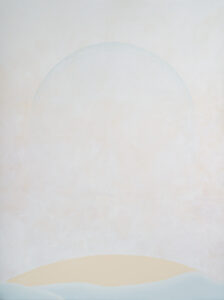 Your work often explores themes of memory, dreams, and the subconscious. Can you elaborate on how you translate these intangible aspects into visual art?
Your work often explores themes of memory, dreams, and the subconscious. Can you elaborate on how you translate these intangible aspects into visual art?
I don’t think I’ve found my final way to show these things. I think this will be my life’s journey, exploring these topics. I am currently using a very light monochromatic color palette to create a dreamlike hallucinatory effect. I’m doing an exercise with my subconscious: just before falling asleep and upon waking up, I try to focus on my art. My mind, free from conscious narrative, allows me to wander through old unconscious memories or completely random visions. At the moment of awakening, I have a finished composition in the creation of which my consciousness was not involved, only my subconscious. This feels as if the idea for the next painting doesn’t belong to me. Interestingly, these compositions born from my subconscious turn out to be more universal than if I had consciously invented them. I love discovering with the viewer that I don’t need to explain the painting, as they intuitively understand what I meant.
I am also drawn to the repetitive gesture in my work, which taps into the subconscious. The veil of dots I create serves as both a visual element and a meditative practice. This repetition helps me detach from reality and enter a state where my subconscious can surface.
In essence, my work is a continuous exploration of how to visually represent the intangible aspects of memory, dreams, and the subconscious. It’s a journey involving my own subconscious, techniques to evoke dreamlike states.
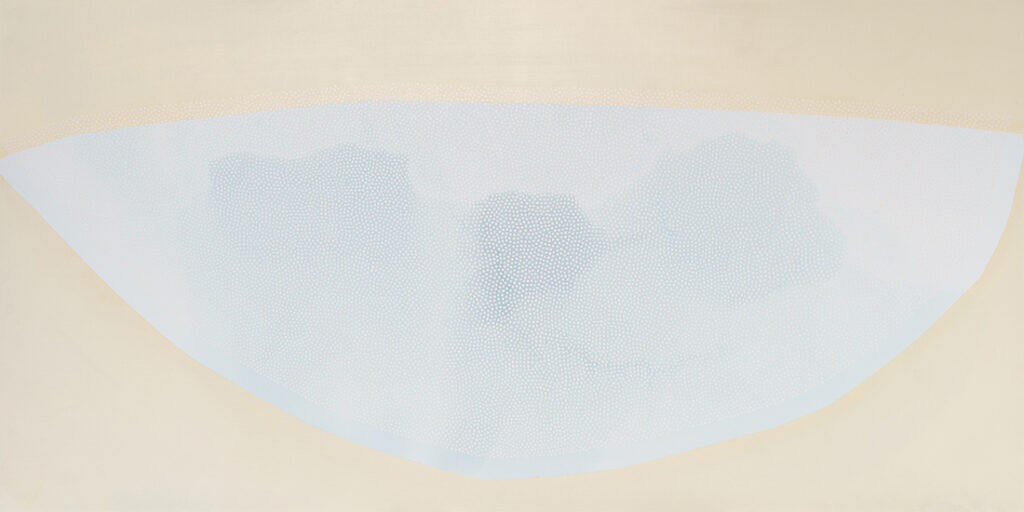 Agnieszka Rowinska | Ark II | 2024
Agnieszka Rowinska | Ark II | 2024
Your paintings have a unique monochromatic color scheme. What is the significance of this choice for you?
The monochromatic color scheme in my paintings is crucial for creating a hallucinatory effect, akin to seeing something out of the corner of your eye. It plays on the idea that it’s within your power to believe in what you’re seeing or not. This ambiguity invites viewers to linger and look closer.
At first glance, the paintings might appear as if there’s nothing there. However, the longer you gaze at them, the more details start to emerge. Subtle textures, delicate lines, and intricate patterns gradually reveal themselves, drawing you deeper into the work. This gradual unveiling mirrors the way our subconscious reveals hidden memories and dreams over time.
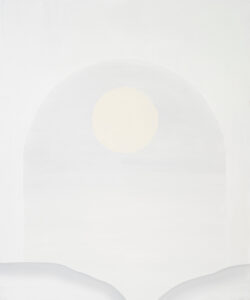 You aim to create a new spirituality for the 21st century. How do you see this evolving in your future works?
You aim to create a new spirituality for the 21st century. How do you see this evolving in your future works?
I aim to create a new spirituality by detaching from traditional religions and seeking universal feelings of the uncanny that resonate with everyone. Exploring these themes is a fundamental human need and explains why religions have been created independently across different cultures. However, I believe that modern individuals, like myself, need a form of spirituality that is detached from politics and hierarchy.
That’s why I’ve embarked on this journey. It’s challenging to predict exactly how this will evolve in my future works, as I prefer to let it develop naturally, without imposing strict directions. I trust my subconscious to guide me, allowing the ideas to emerge organically.
Which artists, writers, or thinkers have influenced your work the most, and how?
It’s really hard to choose, but off the top of my head, several artists and thinkers have profoundly influenced my work.
Mark Rothko’s ability to evoke deep emotions through abstract forms, Agnes Martin’s serene minimalism, and Agnes Pelton’s spiritual abstractions have all contributed to my approach to creating a new, universal spirituality. Additionally, Hiroshige’s intricate and evocative landscapes have inspired me with their ability to convey mood and atmosphere.
Freud’s essay “The Uncanny” helped me shift my focus from specific religious themes to broader concepts of belief and the subconscious. This text inspired me to explore the eerie and unfamiliar aspects of the human psyche, which I aim to reflect in my work.
Recently, I read Katy Hessel’s “The Story of Art Without Men,” and I found it fascinating. It introduced me to many overlooked female artists and broadened my perspective on art history, encouraging me to explore a wider range of influences and perspectives in my own art.
What advice would you give to emerging artists who are exploring themes of spirituality and personal development in their work?
Be open-minded and tolerant, but also mindful of what feels right for you. It’s important to trust your instincts and protect your well-being. Remember, you are the main narrator of your own journey. Focus on what resonates with you personally, and allow your unique perspective to shine through in your work.
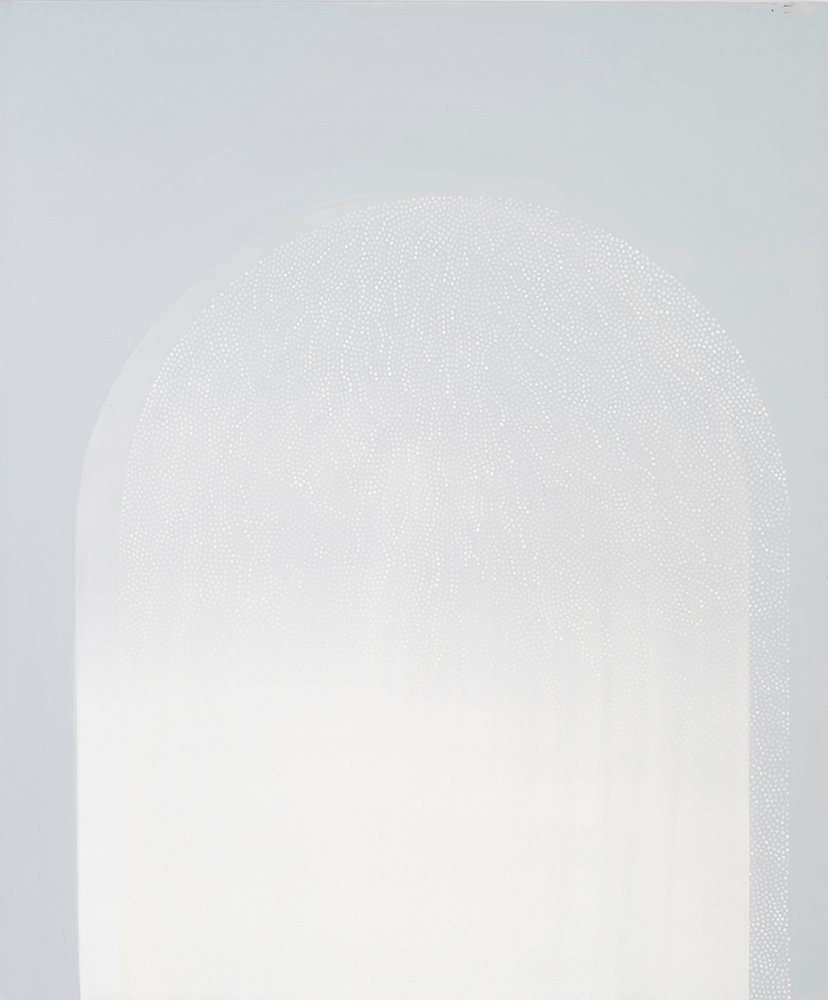

Leave a Reply